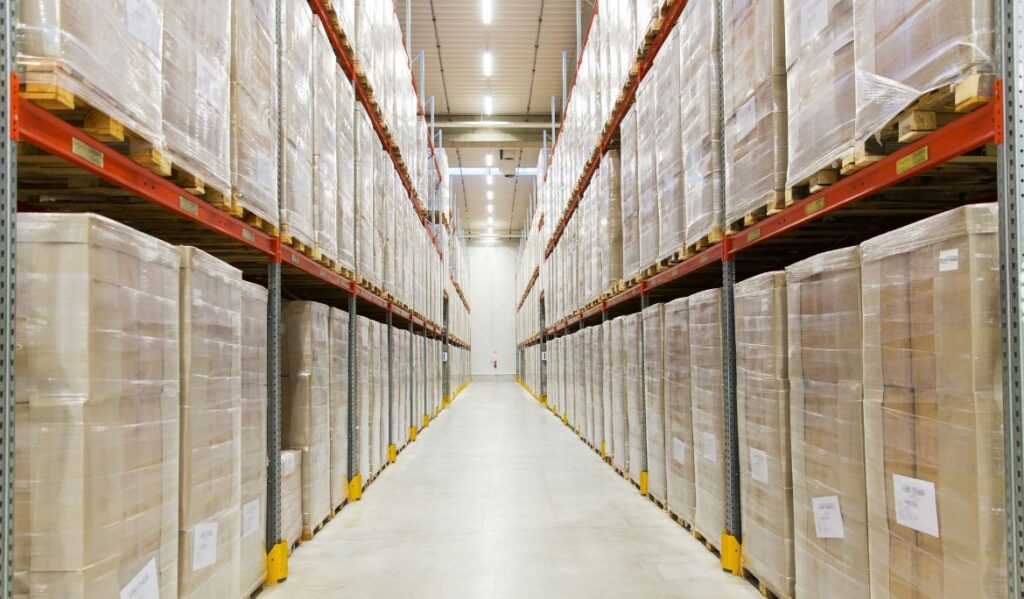What’s Happening in China Right Now Has Effects on the Supply Chain
China remains the world’s largest manufacturer, producing trillions of dollars worth of goods each year.
So whenever there are disruptions in the supply chain in the world’s most populated country, the ripple effects will be felt worldwide. And in our current capacity crunch and supply chain crisis, those effects could linger for some time.
Chinese New Year is less than two months away, and other factors like inflation, factory shutdowns, and virus variants are already causing massive disturbances that shippers and third-party logistics companies are already seeing the ramifications of.
Add on to that the Chinese government’s blocking of visibility technology and the problems become even more cumbersome to businesses.
Here are some things to consider when looking at what’s going on in China.
What’s happening with visibility and AIS data?
The first sentence of a Nov. 17 article in Reuters says it all:
“Ships in Chinese waters are disappearing from tracking systems following the introduction of a new data law in China, frustrating efforts to ease bottlenecks that are snarling the global economy, according to three shipping sources directly impacted.”
The law, China’s Personal Information Protection Law, went into effect Nov. 1 and limits how much access and control the public, both domestic and foreign, has around data.
The ramifications are far-reaching, and particularly troublesome to shippers that have invested in visibility services.
The whole purpose of visibility is to connect dots and bring data together. Now, the data laws in China have created a sort of black hole for some. It’s possible weeks could pass before you have access to information about your shipment when it’s in portions of Asia-Pacific waters.
Luckily, companies like Overhaul have added technologies and capabilities to not be left in the dark. Data collected from marine traffic and vessels can keep companies abreast of where their containers are located. Overhaul’s platform allows customers to see one seamless breadcrumb trail.
If you haven’t planned for Chinese New Year…
Then it’s already too late. Those conversations at your company needed to happen or be orchestrated as early as September to really comprehend the fallout.
The yearly event sends many factory workers inland to spend time with their families, and production at factory facilities ramps down. You used to be able to set your watch and predict when factories would start humming again.
Not so much in 2020 or 2021, when COVID-19 disrupted the typical schedules.
In 2022, it’s difficult to predict how many workers will return to factories after the holiday.
A CNBC article, citing a report from trade credit insurer Euler Hermes, said production shortfalls are behind 75% of the current contraction in global trade volume, while logistic bottlenecks cause the remaining 25%. The uncertainty surrounding the upcoming holiday makes those numbers seem scarier, because any further disruption will be devastating.
That’s part of the reason why the Euler Hermes report predicts the supply chain crunch will stretch into the second half of 2022, in addition to other factors like virus outbreaks and China’s zero-Covid policy.
Diversifying away from China
Companies have been talking about this for the last decade, but now they’re making moves.
Is now the right time to consider alternatives to relying on China, which has seen inflation in its factories that has made countries like India and Vietnam more attractive to buy from?
According to a Q2 Barometer report by Qima, about a third of global buyers and 38% of U.S. buyers said Vietnam was a place they intended to increase sourcing from in 2021.
Demand in China surged early in 2021, showing a rebound after the COVID-19 pandemic began, but the numbers have not returned to pre-pandemic levels.
Recent events will make more and more companies want to pull out of China, but it’s not like pushing a button. Massive changes like this take time to play out.
Consider shipping route changes
Absent using technologies that might counteract China’s new data laws, it might also be prudent to think about new shipping routes to better manage time expectations. A typical shipping route from China to the port at Los Angeles – Long Beach is somewhere between 25 and 30 days.
Now, with limited access to data at its origin, and long wait times occurring at the port, it’s a good time to consider places like Savannah or Houston as shipping destinations.
Instead of the 25 to 30 day estimated timeframe, the lead time might increase to 45 days, but it’s much more predictable. Thinking creatively and using visibility to make those types of decisions is where the industry is going to have to go.
Moving forward
While it’s too late to do much about your planning around the Chinese New Year holiday, it’s never too late to have plans in place to deal with the other disruptions that seem to continue to pop up.
While considering whether you’re relying too heavily on China right is a worthwhile thought experiment, the near-term solution is to invest more heavily in visibility services to both provide valuable insight into your shipments, and also protect your bottom line.









